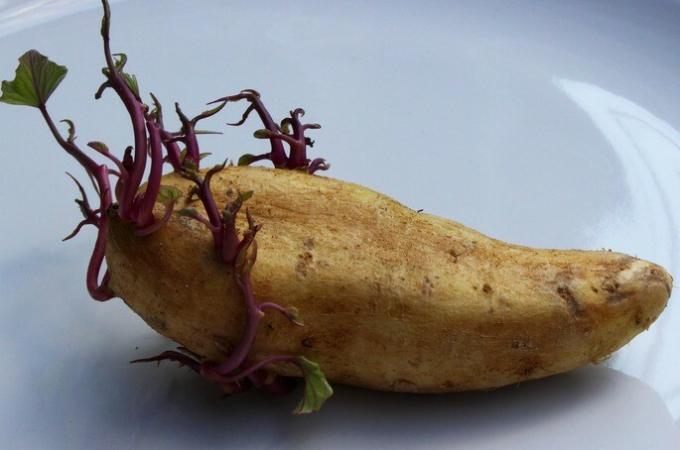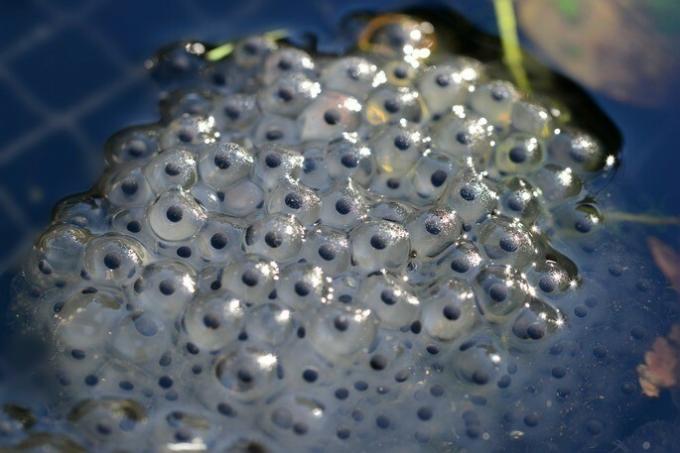Types of reproduction of living beings
The types of reproduction of living beings are the mechanisms by which individuals (unicellular and multicellular) produce new individuals and the species propagates. In general terms there are two types of reproduction: asexual and sexual; each one in turn presents various strategies.
| Asexual | Sexual | |
|---|---|---|
| Definition | Reproduction of an individual being | Reproduction that involves the fusion of two gametes to form a zygote, from which a new individual develops. |
| Processes involved |
|
|
| Types |
|
Animals
Plants
|
| Genetic diversity | Identical to the parent individual: clones. | Combination of genetic information from both parents. |
| Energy expenditure | Under | High |
| Biological evolution | It does not allow the evolution of species. | It allows the evolution of the species. |
What is asexual reproduction?
Asexual reproduction is any form of reproduction where an individual produces an exact copy of himself. In this type of reproduction:
- there is no formation of gametes or sex cells;
- there is no fertilization or fusion of gametes;
- It occurs in bacteria, archaea, protozoa, fungi, plants and animals.
Types of asexual reproduction
There are different reproductive strategies that do not involve the participation of two individuals of different sex. Let's see.
Binary fission
Binary fission is the method by which prokaryotes (bacteria and archaea) and some protozoa produce new individuals that are genetically identical to the parent organism. In this case, the genetic material is duplicated and then separated into two daughter cells with the same genetic identity.
For single-celled organisms, cell division is the only method used to produce new individuals. For example, in amoebas, paramecia, and planarians.
Gemmation
Budding is a form of asexual reproduction where the organism produces one or more buds or buds, which grow and then separate to form a new organism. Organisms that reproduce in this way are yeasts, freshwater hydras, and sea anemones.
Sporulation
Sporulation is a form of asexual reproduction that consists of the formation of reproductive cells or spores, from which a new individual can originate. It occurs in molds.
Fragmentation
Fragmentation consists of the separation of parts of the body, each one originating a new individual through regeneration. For example, in starfish, algae, and plants.
Parthenogenesis
Another form of asexual reproduction is the parthenogenesis or formation of new individuals exclusively from the development of female gametes. For example, rose aphids, bees and wasps,
Vegetative multiplication

Vegetative multiplication is particularly important as a method of asexual reproduction in plants. It consists of the formation of new beings from the development of certain plant structures, such as roots, bulbs, trunks and leaves. For example, garlic, strawberry, and sweet potato.
What is sexual reproduction?
Sexual reproduction is the form of reproduction in which two individuals of different sex of the same species participate. This reproduction implies:
- the production of haploid sex cells;
- the fertilization or fusion of two sex cells to form a diploid cell called a zygote.
- Vertebrate animals can only reproduce sexually.
Types of sexual reproduction in animals
Autogamy
Autogamy is a form of sexual reproduction where the same individual presents both female and male gametes. These individuals are also known as hermaphrodites, they have the reproductive system of both sexes. We get this type of reproduction in worms.
External fertilization

External fertilization implies that the female and male gametes are outside the body of organisms. It is usually carried out in a liquid medium in most aquatic species such as fish or in amphibians, such as the frog.
Internal fertilization
Internal fertilization is that which occurs within the body of one of the individuals, usually from the female of the species, after the male deposits sperm into the reproductive system feminine. This is the fertilization of birds and mammals, mainly.
Types of sexual reproduction in plants
Sexual reproduction in angiosperms: flowers
Angiosperms represent 90% of the plant species on Earth. The most representative evolutionary characteristic of angiosperms are the flowers, which contain the reproductive organs of the plant.
The sexual reproduction of plants begins with the landing of the pollen grain, which carries the male gametes, on the surface of the stigma, the entrance for the female gamete. The fusion of the gametes initiates the development of the seed within the fruit.
Sexual reproduction in gymnosperms: seeds without flowers
Gymnosperms group conifers: pines and other related plants. These plants do not have flowers as such, but structures called cones or cones, which produce both male and female spores.
It may interest you Diploid and haploid cells.

Doctor in Biochemistry from the Venezuelan Institute of Scientific Research (IVIC), with a degree in Bioanalysis from the Central University of Venezuela.


